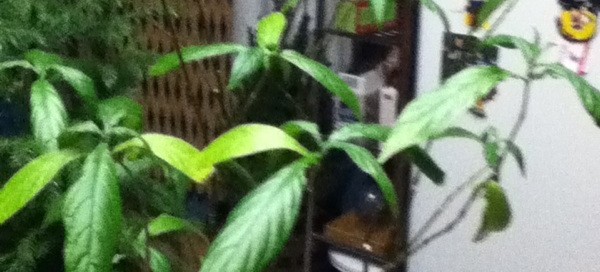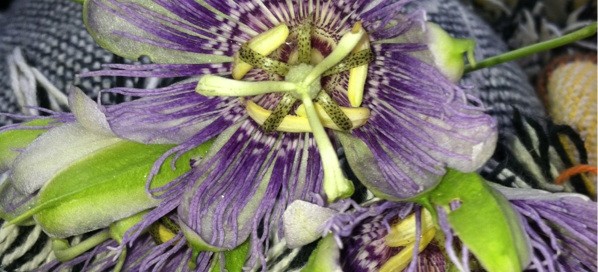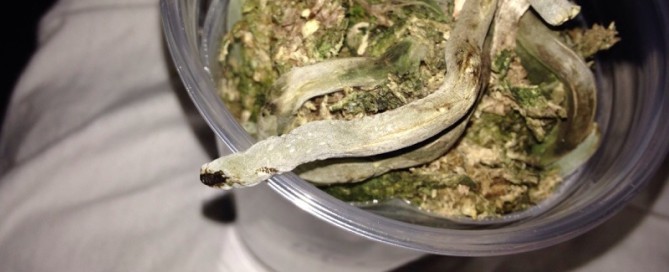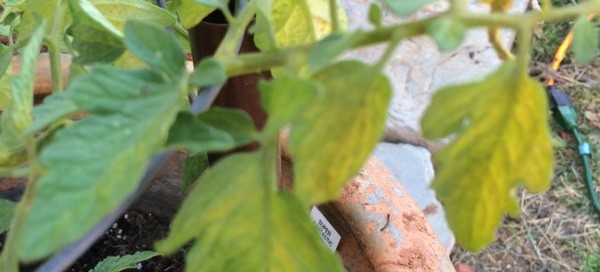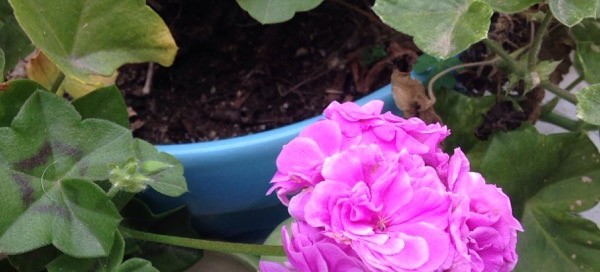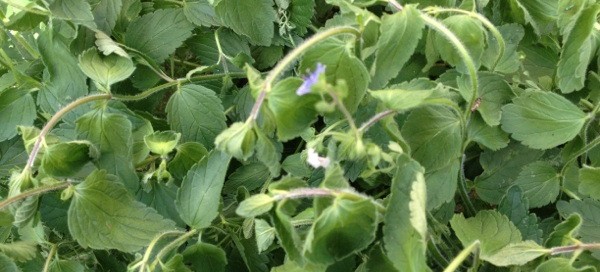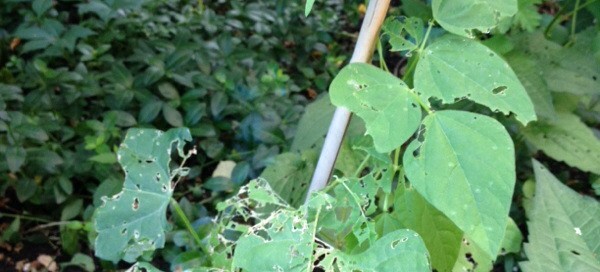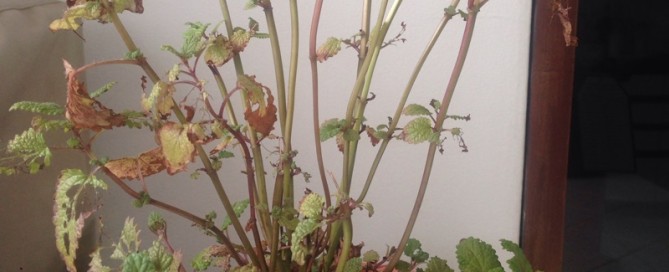Spider Mites
Shrimp plants are notoriously difficult to grow indoors unless you have a greenhouse with full sun and high humidity, so don't feel bad! They are also prone to spider mites. I know you said your pests are smaller than mites, but mites are often so small that you need a magnifying glass to see them. Are the brown dots you're seeing the mites themselves or are they the damaged leaf tissue that the mites leave behind? (Mites are piercing, sucking pests that penetrate leaf tissue and suck out the chlorophyl.) Can you see them move? If you're not sure, put a piece of white paper underneath a leaf and tap the leaf hard. A few mites will fall off onto the paper. Also, use a misting bottle to spray the leaf axils and undersides of the leaves. If you see any webbing, that's a good indication that the plant has mites. This may sound harsh, but we suggest you get rid of this plant and buy yourself a house plant that is easier to grow indoors, one that will be more rewarding and give you less trouble. Unless this shrimp plant has great sentimental value, that's what we would do.
